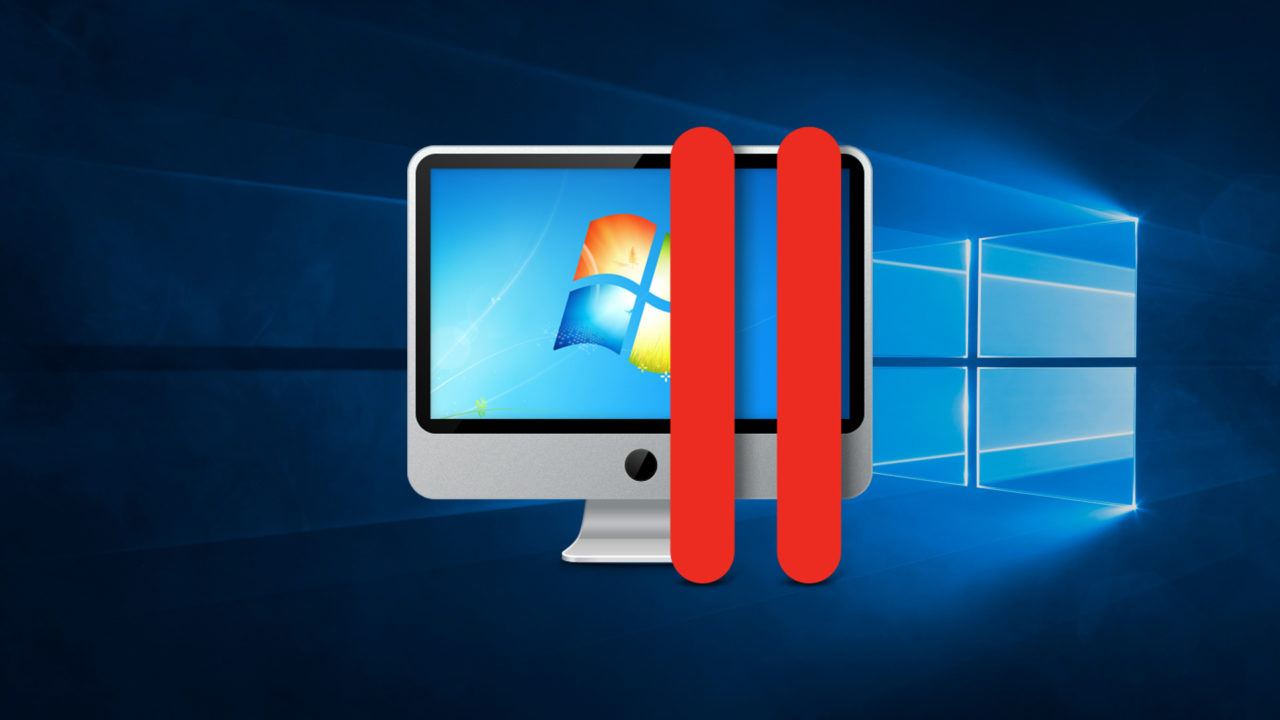Parallels 11 Benchmarks vs. Parallels 10 and Boot Camp

Parallels this week continued the yearly upgrade cycle for its popular OS X virtualization software with the release of Parallels Desktop 11 (hereafter referred to simply as “Parallels 11”). For those unfamiliar with the virtualization software category, Parallels (and competitors such as VMware Fusion and VirtualBox) allows users to run Windows and other x86-based operating systems directly from within OS X, without the need to reboot using a tool like Apple Boot Camp. This type of software gives users the benefits of accessing applications that are not available for OS X while still maintaining easy, simultaneous access to Apple’s desktop operating system.
With the product category now quite mature — in addition to the 11th version of Parallels Desktop, VMware Fusion is currently at version 7, and VirtualBox is at a regularly-updated version 5 — the focus of Parallels and its competitors has primarily been new features. We’ll take a brief look at the new Parallels 11 features later on, but we, like many users, are also interested in performance. Once relatively sluggish, each new round of virtualization software updates has inched the performance meter forward, to the point where some tasks are now nearing native speed. It’s this latter metric that we’ll be looking at today, as a continuation of our yearly VM performance benchmark analysis.
A new version of VMware Fusion is expected to be released shortly, and we’ll be sure to pit Parallels 11 benchmarks against Fusion 8 when the time comes. Until then, however, we’ll take a close look at what Parallels 11 brings to the table compared to its year-old predecessor, Parallels 10, and see how both compare to native performance via Boot Camp.
Regular readers will recall that Parallels 10, released in August 2014, didn’t offer much in terms of performance improvements over Parallels 9. While certain graphics tests and VM management functions fared slightly better in Parallels 10, the 2014 release was primarily a feature-focused one, with Parallels 10 offering deeper integration between Windows and OS X services, along with easier setup and configuration options. As you’ll see next, Parallels 11 arrives with its own share of new features centered around the new technologies in Windows 10 and the upcoming update for OS X, 10.11 El Capitan. Our goal was to determine if this focus on new features meant another year of negligible performance improvements, or if Parallels would return to its old form and deliver new heights in performance. Read on to learn what we found.
Table of Contents
[one_half padding=”0 5px 20px 0″]
1. Introduction
2. Parallels 11 Feature Overview
3. Hardware, Software, and Testing Methodology
4. Geekbench
5. 3DMark (2013)
6. 3DMark06
7. Cinebench R15
[/one_half]
[one_half_last padding=”0 0px 20px 5px”]
8. PCMark 8
9. Passmark PerformanceTest 8.0
10. x264 Encoding
11. x265 Encoding
12. File Transfers
13. Virtual Machine Management
14. Conclusions
[/one_half_last]

















8 thoughts on “Parallels 11 Benchmarks vs. Parallels 10 and Boot Camp”
I have bought a Macbook Pro (i7, 16 GB, 500 GB) and have got a Parallels free. I want to use MS Visio and Project which only run on Windows. I wanted to check if there would be considerable difference in performance if i were to use in MS Visio and Project on Parallels, instead of using Boot Camp?
Also, i am planning to buy the Office 2016. Should i be buying the Mac Version or the Windows version (that has Access and a couple of other softwares at the same price ) and run it on Parallels?
Much appreciate your guidance.
Also from 7/8 to 11 Pro: https://buy.parallels.com/329/purl-pd11pro8u1ysub?x-source=ipn_pd8&x-campaign=pd11launch&utm_source=pd8&utm_medium=ipn&utm_campaign=pd11launch
Comments are closed.